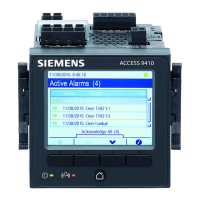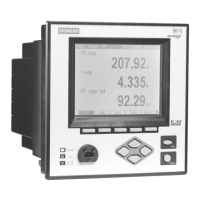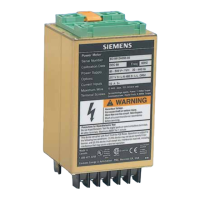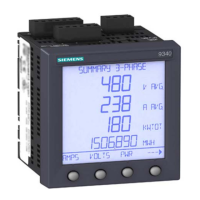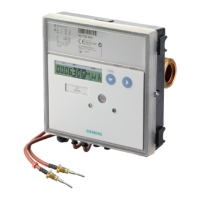9410 series Meter overview
Demand
Your meter supports several demand calculation methods, including block, rolling
block, synchronized and predicted demand.
It can measure demand on any instantaneous value and record peak (maximum) and
minimum demand with time and date information.
• kW, kVAR, kVA demand
• kW, kVAR, kVA peak demand
• Amps, Volts demand
Instantaneous
Your meter provides one second and half-cycle measurements, per phase and totals
for many values.
• Voltage and current
• Apparent power (kVA), active power (kW) and reactive power (kVAR)
• Power factor and frequency
• Voltage and current unbalance
Harmonics
Your meter provides harmonic distortion metering, recording and real-time values for
all voltage and current inputs.
• Individual harmonics (including magnitude and phase angle) up to the 63
rd
harmonic
• Total even harmonic distortion (TEHD) and total odd harmonic distortion (TOHD)
• Total harmonic distortion (THD) or total demand distortion (TDD)
• K-factor, Crest factor
Min/max recording
Your meter records new minimum and maximum data every recording interval for a
variety of values.
• Voltage and current
• kW, kVAR and kVA
• Power factor
• Frequency
• Voltage unbalance
• Plus any measured value
Power quality
Your meter measures and records voltage and current sags and swells.
Your meter also has many power quality related features.
• Disturbance direction detection: this allows the meter to analyze disturbance (sag/
swell) information to help determine the direction of the disturbance relative to the
meter.
• Setpoint learning: this allows the meter to learn the power quality characteristics of
your system, to help identify what constitutes a sag or a swell.
14 7EN05-0336-03

